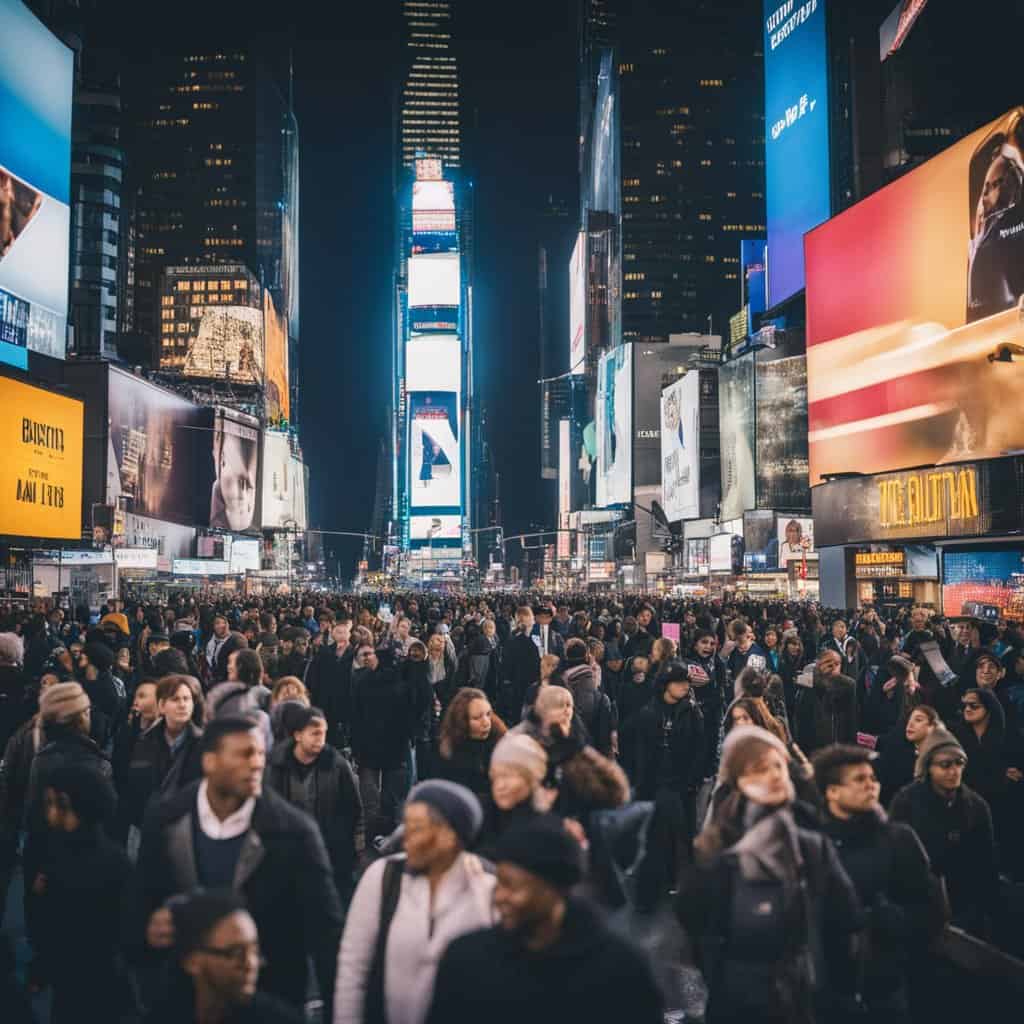Regarding luxury items, we’re often lured by the promise of superior quality and long-lasting durability. But, in a world of high-end extravagance, do we get what we pay for? The truth might surprise you.
Contrary to popular belief, the lavish price tag of luxury goods doesn’t always guarantee exceptional durability. While they may be crafted from premium materials and showcase impeccable craftsmanship, the longevity of luxury products can sometimes fall short of expectations.
In this journey of discovery, we’ll delve into the psychology behind our shopping choices, exposing the hidden biases that lead us astray. We’ll also provide actionable strategies, empowering you to channel your budget wisely towards fewer but truly enduring high-end treasures.
Understanding Luxury Products

Luxury products are designed to appeal to consumers who value status and prestige and are often priced much higher than similar products in the same category. They are usually made with high-quality materials and crafted with great care, but this does not necessarily mean they are more durable than non-luxury products.
Some luxury products are less durable than their non-luxury counterparts. Luxury products are designed to be fashionable, which can sometimes come at the expense of durability. For example, a luxury handbag may be made with delicate materials prone to wear and tear. In contrast, a non-luxury bag may have more durable materials to withstand daily use.
Many also think luxury products are always worth the high price tag. But this isn’t always true. The value of a luxury product is subjective and depends on various factors, including the consumer’s preferences and the market demand for the product.
The Durability of Luxury Products
Durability is a complex concept that depends on many factors, including the quality of materials, the construction process, and the product’s intended use. Luxury products may use high-quality materials but not be constructed to maximize their durability.
It is also important to note that durability is not the only factor determining a product’s longevity. Timeless style contributes to the longevity of a product. Luxury products may be designed with a timeless style that allows them to remain fashionable and desirable for many years, even if they are not as durable as other products.
Recent research has unveiled a fascinating paradox: consumers, even when convinced of the durability of high-end products, often overlook this crucial factor when making their purchase decisions. The result? Overspending on less durable items and a missed opportunity to invest in long-lasting, luxurious pieces.
Sustainability in Luxury Brands

Luxury brands have traditionally been associated with exclusivity, quality, and craftsmanship. However, in recent years, sustainability has become an increasingly important consideration for luxury brands. Consumers have become more aware of the environmental costs of their purchases and are demanding more sustainable practices from the brands they buy from.
Many luxury brands have responded to this demand by incorporating sustainable practices. For example, Stella McCartney has been at the forefront of sustainable luxury, using recycled materials and ensuring that animal welfare is a priority in her designs. Similarly, Hermès has committed to sustainable development and implemented sustainable practices throughout its supply chain.
In addition to meeting consumer demand, incorporating sustainable practices can benefit luxury brands from a corporate social responsibility (CSR) perspective. However, it is essential to note that not all luxury brands are equally committed to sustainability. Some use sustainability as a marketing tool without implementing any sustainable practices.
Consumer Perception and Luxury Consumption
Consumer perception plays a crucial role in the luxury consumption market. Some luxury brands rely more on their brand image and marketing than on the actual quality of their products.
Millennials and Gen Z consumers, who value authenticity and sustainability, are increasingly skeptical of traditional luxury brands and their durability claims. They are more likely to research products, read reviews before purchasing, and tend to be less brand loyal than older generations.
But while consumers need to do their research and not rely solely on brand image and perception when making purchasing decisions, luxury brands must also strive to be transparent about their products and materials.
Marketing and Branding Strategies in Luxury Sector

Marketing and branding strategies in the luxury sector are carefully crafted to convey a sense of exclusivity, quality, and status, which are the cornerstones of luxury products. Brand managers in the luxury sector invest heavily in creating a brand image synonymous with luxury, elegance, and sophistication.
One of the critical strategies in luxury branding is vertical integration. Luxury brands often own their production facilities, which allows them to maintain control over the quality of their products and ensure that they meet the high standards that customers expect. This also enables luxury brands to maintain exclusivity by limiting the production of their products.
Another important aspect of luxury branding is brand equity. Luxury brands often have a long history and heritage, which adds to their perceived value. Brand equity is built through consistent messaging, high-quality products, and exceptional customer service.
Likewise, following the growing demand for companies to produce products that meet high environmental, social, and governance (ESG) standards, luxury brands have responded to this demand by incorporating sustainability into their marketing and branding strategies. These brands are positioning themselves as sustainable, which helps to attract environmentally conscious consumers.
The Impact of Fast Fashion
The fast fashion industry, which produces trendy clothes at low prices, has increased over the past few decades. However, this growth has come at a significant cost to the environment. The fashion industry is responsible for 8-10% of global carbon emissions, making it one of the most polluting industries in the world.
Fast fashion also generates a significant amount of wastewater and plastic waste. The production of a single cotton T-shirt can require up to 2,700 liters of water, and the dyeing and finishing process can release toxic chemicals into the water supply. In addition, synthetic fabrics such as polyester, commonly used in fast fashion, take hundreds of years to decompose and contribute to the growing problem of plastic pollution in our oceans and landfills.
Furthermore, the fast fashion model encourages consumers to buy more clothes than they need, leading to a culture of disposability and a lack of appreciation for the value of durable, well-made clothing. This has led to a decrease in the average lifespan of clothing, with some estimates suggesting that the average item is only worn seven times before being discarded.
Societal and Economic Implications

The belief that luxury products are more durable than non-luxury products has societal and economic implications.
On the one hand, this belief can lead to a negative view of sustainable consumption. If consumers believe that luxury products are inherently more durable, they may be less likely to consider their purchases’ environmental and social impact. This can lead to overconsumption and waste, which can have adverse societal and economic effects.
On the other hand, luxury brands can also use this belief as a corporate strategy. By promoting the idea that their products are more durable, luxury brands can justify their high prices and maintain their status as luxury goods. This can have economic implications, as luxury brands can charge premium prices and sustain profitability.
Challenges and Contradictions in Luxury Sustainability
Luxury brands are facing increasing pressure to address sustainability concerns. While luxury products are often made from high-quality materials that can last a long time, the sustainability of the entire supply chain is often overlooked.
One of the biggest challenges in luxury sustainability is the contradiction between luxury and sustainability. Luxury is often associated with excess and indulgence, while sustainability is about minimizing consumption and waste. This contradiction makes it difficult for luxury brands to embrace sustainability without compromising their image.
Another challenge is greenwashing, where companies make false or exaggerated claims about their sustainability practices. This can lead to consumer skepticism and a lack of trust in the brand. To overcome this, luxury brands must be transparent and provide evidence of their sustainability efforts.
There’s also the challenge of Traceability. It can be difficult for luxury brands to trace the origin of their materials and ensure that they are ethically sourced. This is particularly true for materials like gold and diamonds, which can be linked to human rights abuses and environmental damage.
The Role of Creativity and Innovation

One factor influencing the durability of luxury products is the level of creativity and innovation that goes into their design and production. Brands that prioritize creativity and innovation may be more likely to develop new materials and production methods that improve the durability and sustainability of their products.
For example, some luxury brands are experimenting with using recycled materials in their products. This not only reduces waste but also helps to conserve natural resources. Some luxury brands also adopt sustainable practices in their production processes, such as using renewable energy sources and minimizing water usage.
Unfortunately, this is not true for all luxury brands. Some focus more on aesthetics and exclusivity, resulting in less durable and sustainable products.
Conclusion
The common fallacy that luxury products are more durable is not entirely accurate. While luxury products may be made from high-quality materials and have exquisite craftsmanship, they are not necessarily more durable than non-luxury products.
The durability of a product depends on various factors, such as the materials used, the manufacturing process, and the product’s intended use. Luxury products may be designed to be more durable, but this is not always the case.
Furthermore, the notion that luxury products are more sustainable is also a fallacy. While some luxury brands may be taking steps toward sustainability, the luxury industry still has a long way to go in reducing its environmental impact.
Thus, consumers must consider a product’s quality, durability, and sustainability before making a purchase, regardless of whether it is a luxury item or not.
Frequently Asked Questions
Do luxury products last longer than non-luxury products?
There is no straightforward answer to this question. While luxury products are often associated with high quality and durability, it ultimately depends on the specific product and brand. Some luxury products may be made with high-quality materials and superior craftsmanship, which can contribute to their longevity. However, some non-luxury products may also be made with quality materials and craftsmanship. It’s essential to research and compare products before making a purchase decision.
What factors contribute to the durability of luxury products?
Several factors can contribute to the durability of luxury products, including the quality of materials, craftsmanship, and design. Luxury brands often invest in sourcing the best materials and working with skilled artisans to create their products. They may also conduct extensive research and development to ensure their products meet high durability and performance standards.
How do luxury brands justify their higher prices?
Luxury brands often justify their higher prices by emphasizing their products’ quality, craftsmanship, and exclusivity. They may also invest in marketing and branding to create a perception of luxury and prestige. Additionally, luxury brands may have higher production costs due to their use of premium materials and skilled labor.
What is the relationship between luxury and sustainability?
Luxury and sustainability are often seen as conflicting concepts, as luxury products are often associated with excess and waste. However, some luxury brands are becoming more sustainable by using eco-friendly materials and production methods, reducing waste, and promoting ethical practices. Consumers can also make more sustainable choices by investing in high-quality, durable products that will last longer and reduce the need for frequent replacements.
What are some common misconceptions about luxury products?
One common misconception is that all luxury products are overpriced and unnecessary. While some luxury products may be expensive, they offer superior quality, durability, and performance. Another misconception is that luxury products are only for the wealthy. While luxury products may be more expensive than non-luxury alternatives, they are often accessible to a broader range of consumers through financing options and sales.
What motivates people to purchase luxury items?
People may purchase luxury items for various reasons, including the desire for high-quality, durable products, the prestige and status of luxury brands, and the emotional satisfaction of owning something exclusive and unique. Some consumers may also view luxury products as an investment or a way to express their style and taste.
